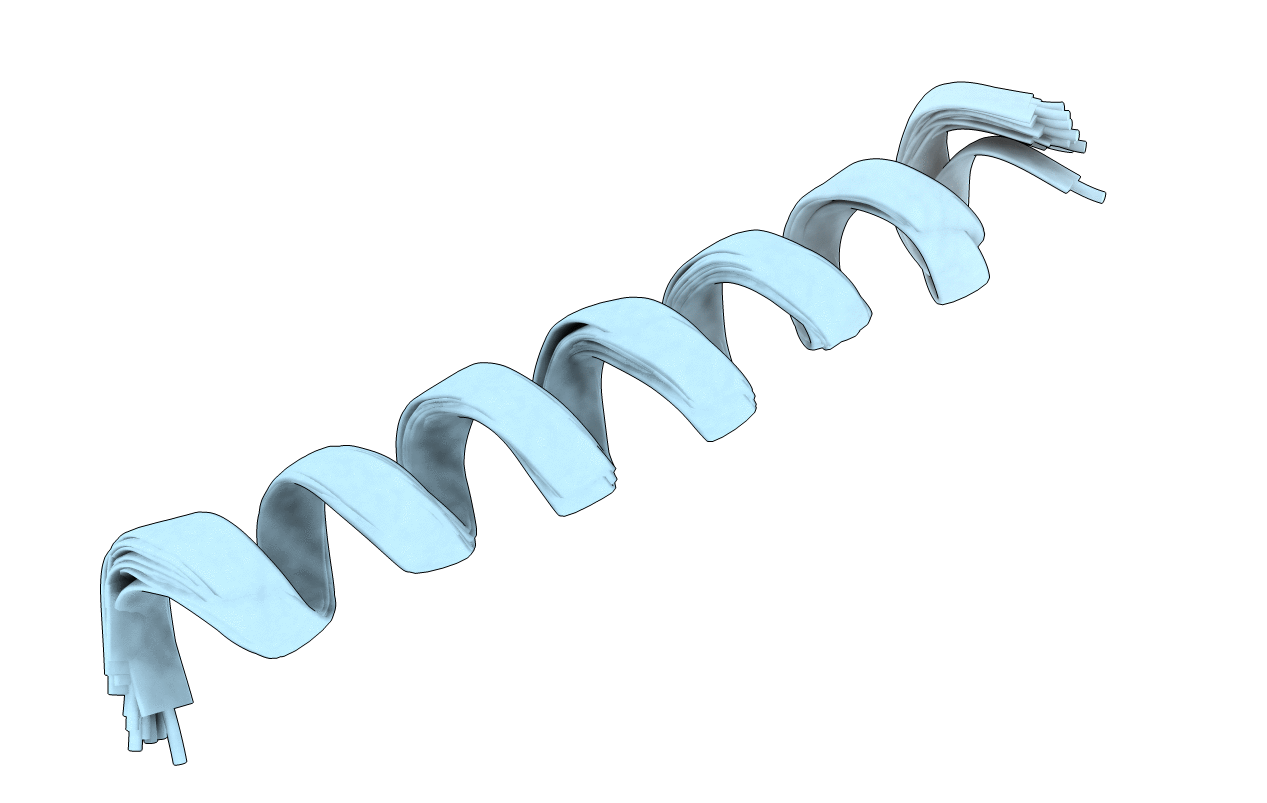
Deposition Date
2020-04-27
Release Date
2021-03-17
Last Version Date
2024-10-30
Entry Detail
PDB ID:
6WPO
Keywords:
Title:
NMR Structure of HSP-4 antimicrobial peptide in presence of DPC-d38 micelles
Biological Source:
Source Organism:
Boana punctata (Taxon ID: 2499473)
Method Details:
Experimental Method:
Conformers Calculated:
100
Conformers Submitted:
10
Selection Criteria:
structures with the lowest energy


